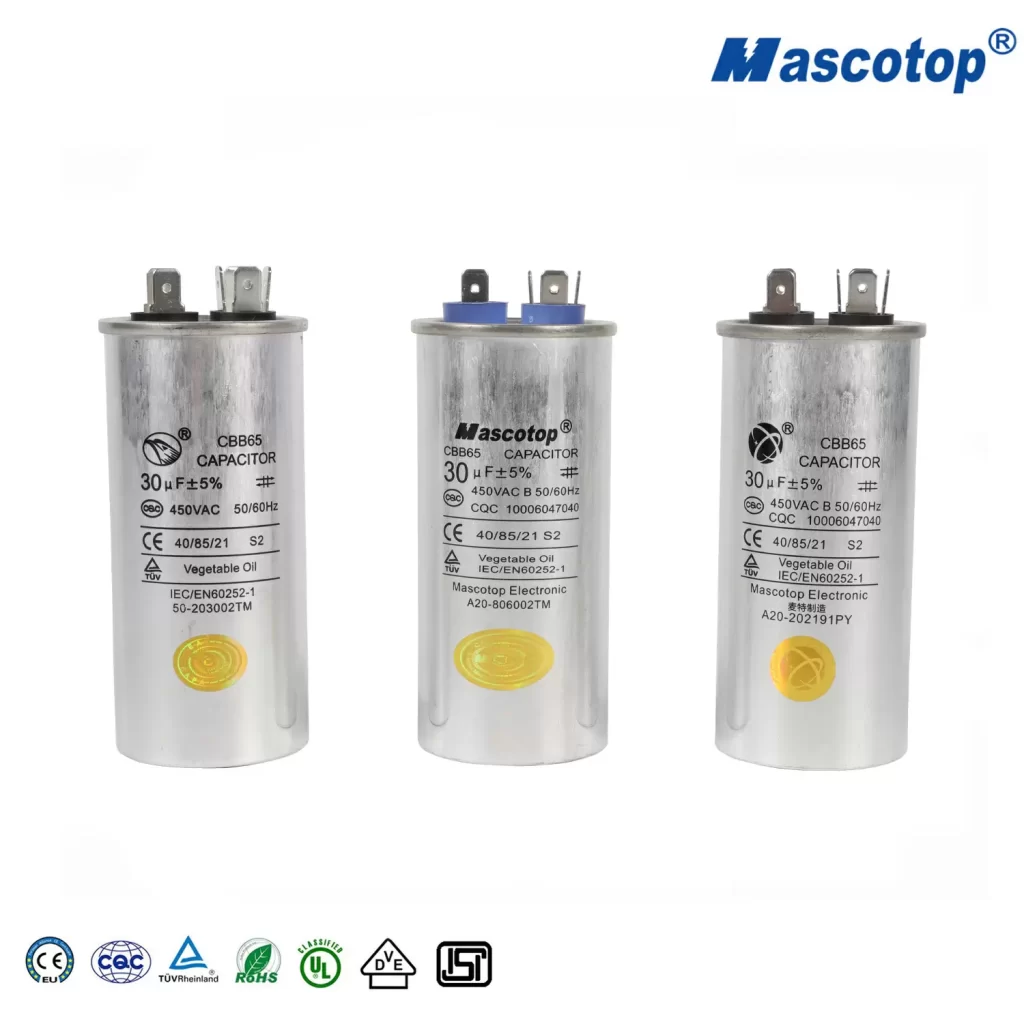
Efficient motor operation hinges on the proper connection of capacitors, particularly crucial for single-phase motors. Capacitors play a pivotal role in kickstarting and sustaining motor functions by providing essential torque and phase shifts. This comprehensive guide illuminates the significance of correctly wiring capacitors to motors, emphasizing both the technical intricacies and paramount electrical safety protocols involved in this fundamental process.

Table of Contents
ToggleCapacitors serve as indispensable components within motor applications, with start capacitors initiating the necessary torque for motor activation and run capacitors maintaining consistent torque levels during operation. By comprehending the nuanced roles of capacitors and their impact on motor functionality, users can harness these components to optimize motor performance and durability.
- Identifying Windings: Begin by identifying the start and run winding terminals on the motor, referencing the motor's wiring diagram for precise guidance.
- Selecting the Appropriate Capacitor: Choose a capacitor that aligns with the motor's specifications and voltage requirements, ensuring compatibility with the motor's power rating.
- Connecting the Start Capacitor: Link one terminal of the start capacitor to the start winding terminal on the motor, with the other terminal connected to the common terminal.
- Wiring the Run Capacitor: Attach one terminal of the run capacitor to the run winding terminal on the motor, connecting the other terminal to the common terminal alongside the start capacitor's terminal.
- Ensuring Secure Connections: Utilize suitable wire connectors or terminals to firmly secure the capacitor-motor connections, prioritizing tightness and insulation to mitigate electrical risks.
- Motor Testing: Post-connection, conduct a thorough motor test to verify seamless startup and operation, monitoring for any irregular noises or vibrations indicating potential capacitor connection issues.
- Power Disconnection: Always disconnect the power supply before commencing any motor work or electrical connections.
- Insulated Tools: Employ insulated tools and equipment to prevent electrical accidents and shocks during the connection process.
- Connection Verification: Double-check all connections to guarantee proper insulation and secure fastening, minimizing the risk of electrical mishaps.
- Professional Consultation: In cases of uncertainty regarding the connection process, seek guidance from qualified electricians or technicians to ensure a safe and reliable capacitor-motor integration.
The seamless integration of capacitors into motor systems stands as a linchpin for operational efficiency and longevity. By meticulously adhering to the outlined steps and upholding stringent electrical safety measures, users can proficiently connect capacitors to motors, elevating the efficacy of their electrical setups. Harnessing the insights from this guide, coupled with a commitment to precision and safety, empowers individuals to navigate the complexities of capacitor-motor connections with confidence, fostering a culture of reliability and performance optimization within their electrical infrastructures.